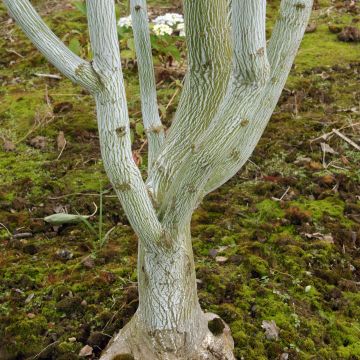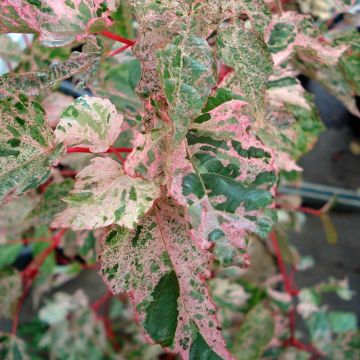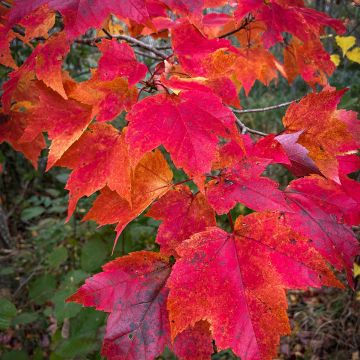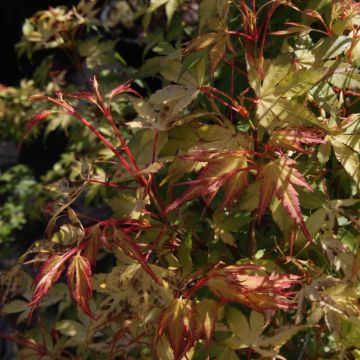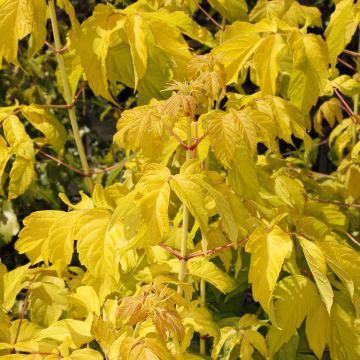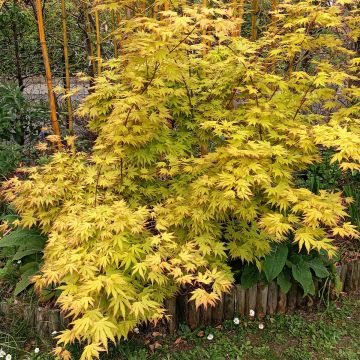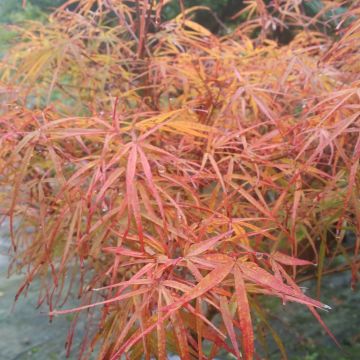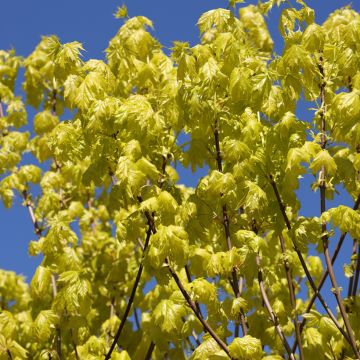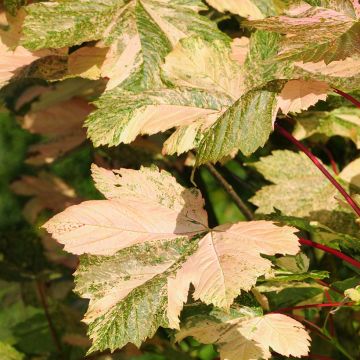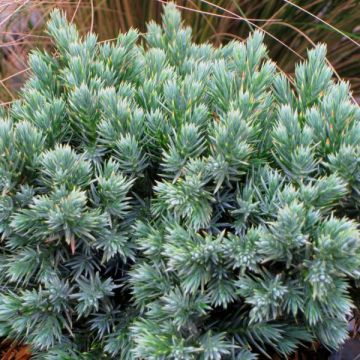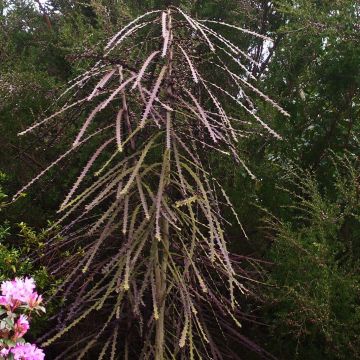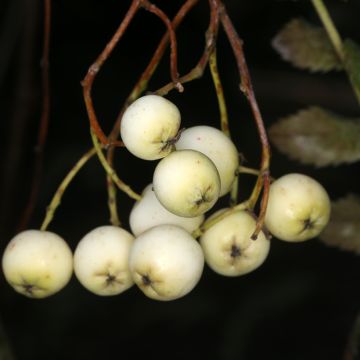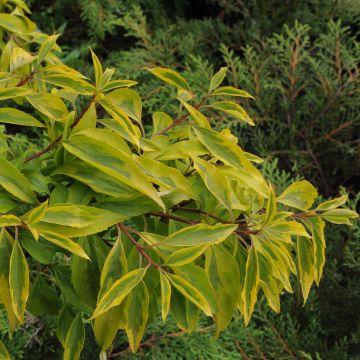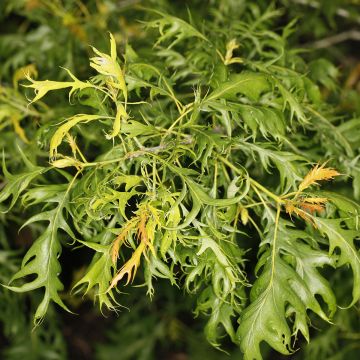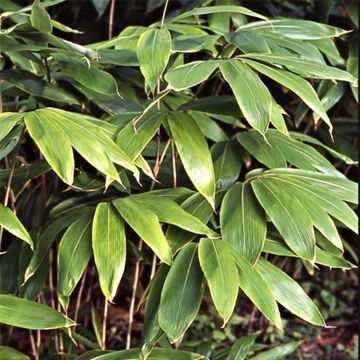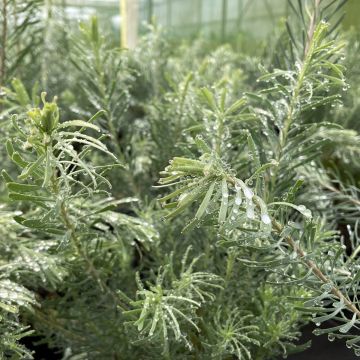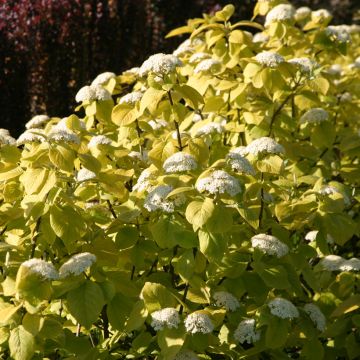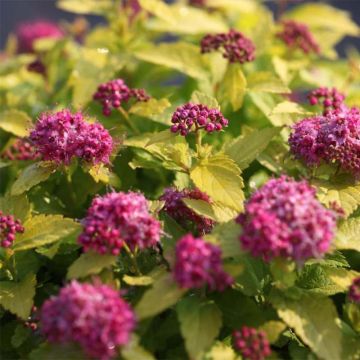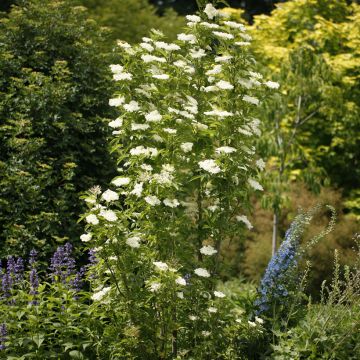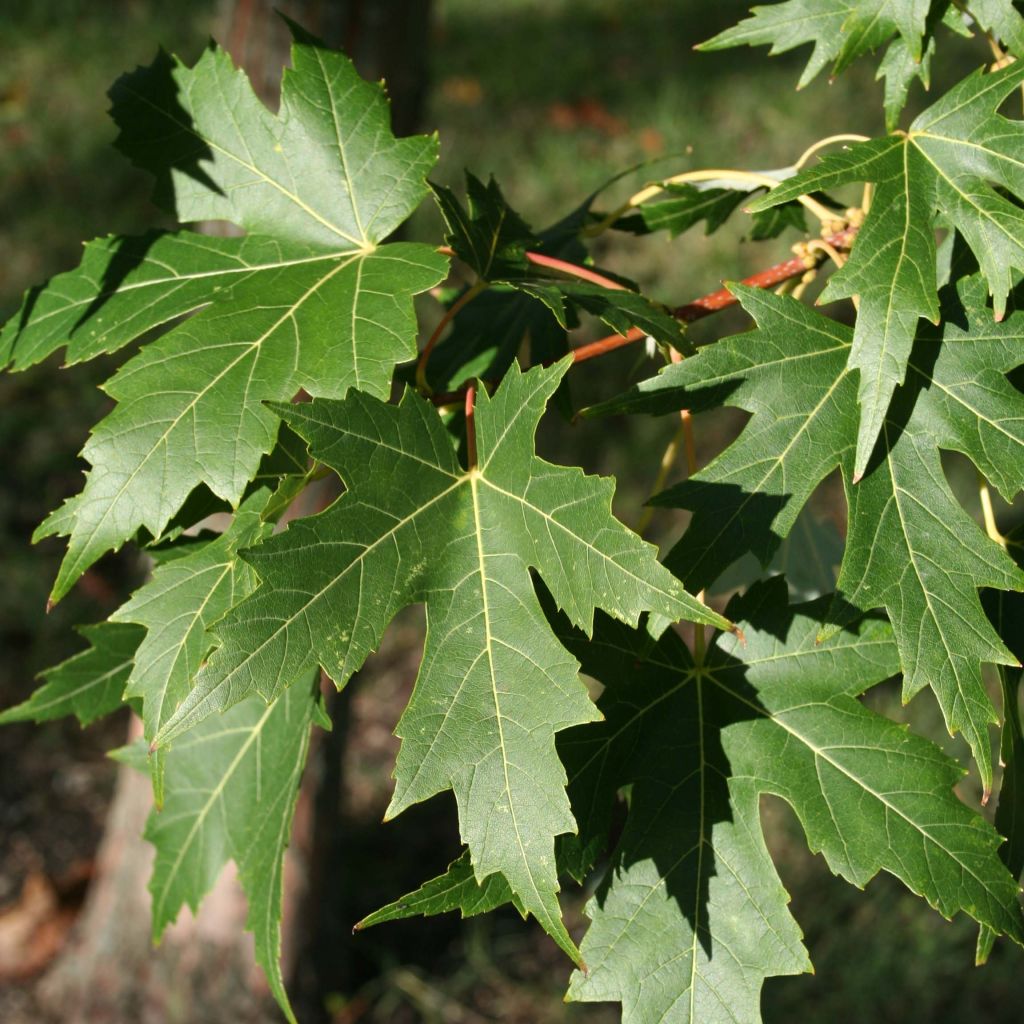

Acer saccharinum Laciniatum Wieri - Maple
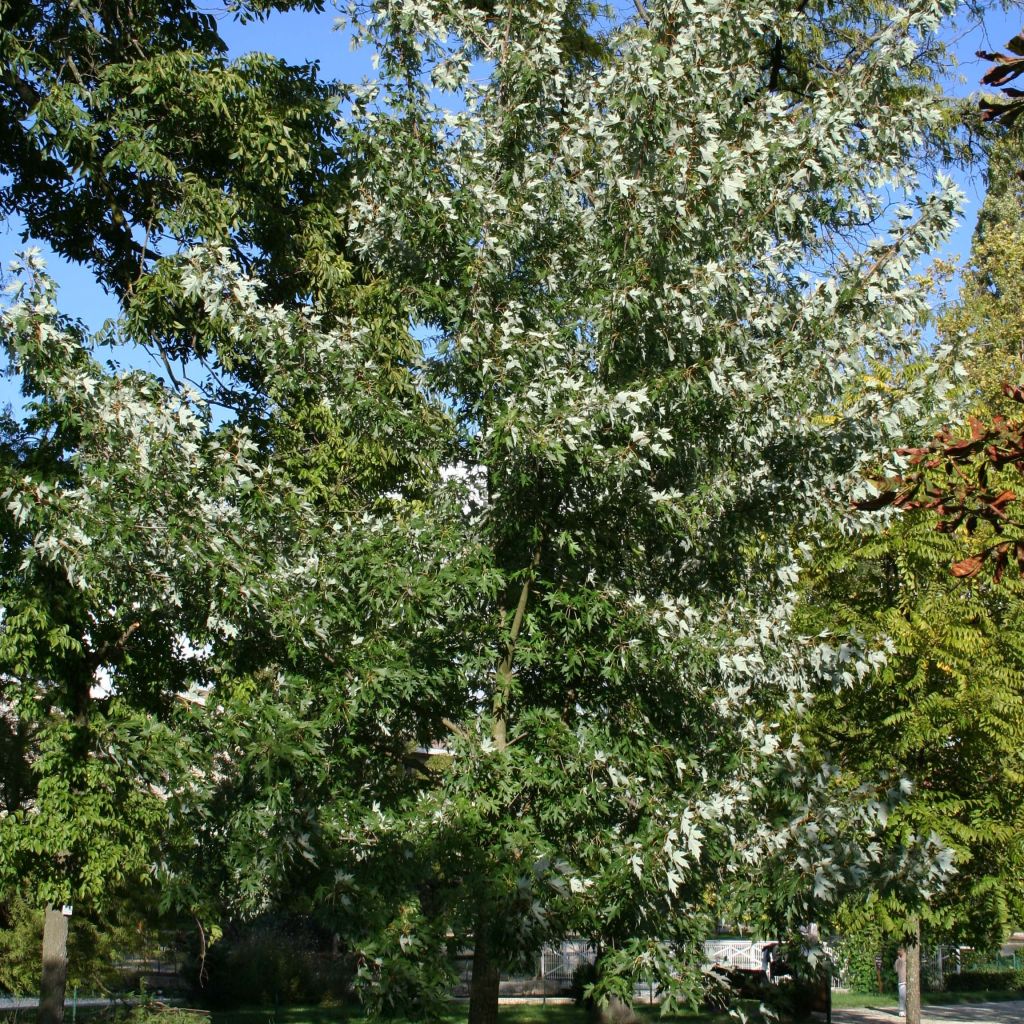

Acer saccharinum Laciniatum Wieri - Maple
Acer saccharinum Laciniatum Wieri - Maple
Acer saccharinum Laciniatum Wieri
Wier Maple, Silver Maple, Creek Maple, Silverleaf Maple, Soft Maple, Large Maple, Water Maple, Swamp Maple, or White Maple
This item cannot be shipped to the selected country
Oversize package delivery charge from €6.90
Delivery to Corse prohibited
More information
Oversize package delivery charge from €6.90
Delivery to Corse prohibited
More information
Schedule delivery date,
and select date in basket
This plant carries a 24 months recovery warranty
More information
We guarantee the quality of our plants for a full growing cycle, and will replace at our expense any plant that fails to recover under normal climatic and planting conditions.
Oversize package: home delivery by special carrier from €6.90 per order..
Express home delivery from €8.90.
Delivery to Corse prohibited: UE law prohibits the import of this plant from mainland France to Corse as part of the fight against Xylella fastidiosa. Please accept our sincere apologies.
More information
Does this plant fit my garden?
Set up your Plantfit profile →
Description
The Acer saccharinum 'Laciniatum Wieri' is an old variety of Silver Maple distinguished for its light, deeply cut, foliage quite similar to those of the Japanese Maple. This fast-growing, tall tree reaches about 20 m (65ft) in height, with a somewhat untidy spread and slightly drooping branches. Its lovely light green foliage, bronze when the buds burst, reveals its white underside in the teasing breeze ... but be careful, too many strong gusts can expose the brittle nature of the branches. For this reason, avoid planting the Silver Maple too close to buildings. It will look majestic as a free-standing specimen in a large garden. It thrives in cool, even damp soil, as long as its powerful root system has enough room to grow deep both under and above ground.
Native to North America, the Acer saccharinum, not to be confused with the Acer saccharum (Sugar Maple), is known as the Silver Maple, White Maple or White River Maple depending on the region. It is a large tree of the Aceraceae family that grows naturally along rivers, lakes and marshy areas, where it can reach up to 35 m (115ft) in height.
The Acer saccharinum 'Laciniatum Wieri' was introduced by D. B. Wier in the United States in 1875. It has a rounded, spreading, airy and somewhat drooping habit. It can reach about 20 m (65ft) in height and 15 m (49ft) in spread depending on the climate. Its deciduous foliage is made up of large leaves deeply cut into 5 pointed and finely-toothed lobes, light green on the upper side and silvery white on the underside. They measure 8 to 15 cm (3.1 - 5.9 in) in length and are borne on red petioles or stalks. Bronze when the bud bursts, they turn a golden yellow in autumn that can be seen from afar. Flowering occurs in March, before the leaves appear. The small inconspicuous yellow-green, pollen-rich flowers are arranged in pendulous terminal clusters. The abundant fruiting consists of winged fruits called samaras. It only appears on trees that are at least 20 years old and is much appreciated by birds and small mammals. The bark of the branches is smooth and grey. As it ages, it peels off in large flakes.
The Acer saccharinum 'Laciniatum Wieri' is a vigorous, fast-growing tree that is perfectly resistant to severe frost. It thrives in deep, moist, even wet soil. It prefers clayey soils and is sensitive to excessive chalk or lime. A well-established specimen can tolerate dry soil. Planted as a free-standing specimen in a park or large garden, it will be majestic from spring to autumn. Due to its vulnerability to wind, it is advisable not to plant it along paths or near buildings. Its root system spreads considerably in depth and width, including on the surface. For this reason, care should also be taken to plant it at a good distance from paved areas and pipes.
Acer saccharinum Laciniatum Wieri - Maple in pictures
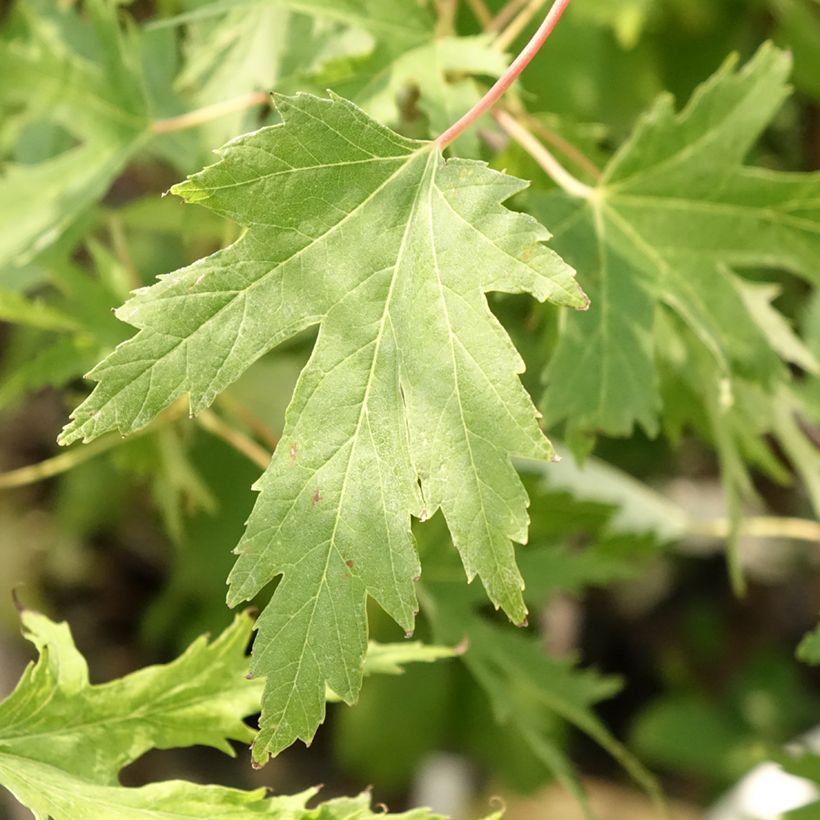

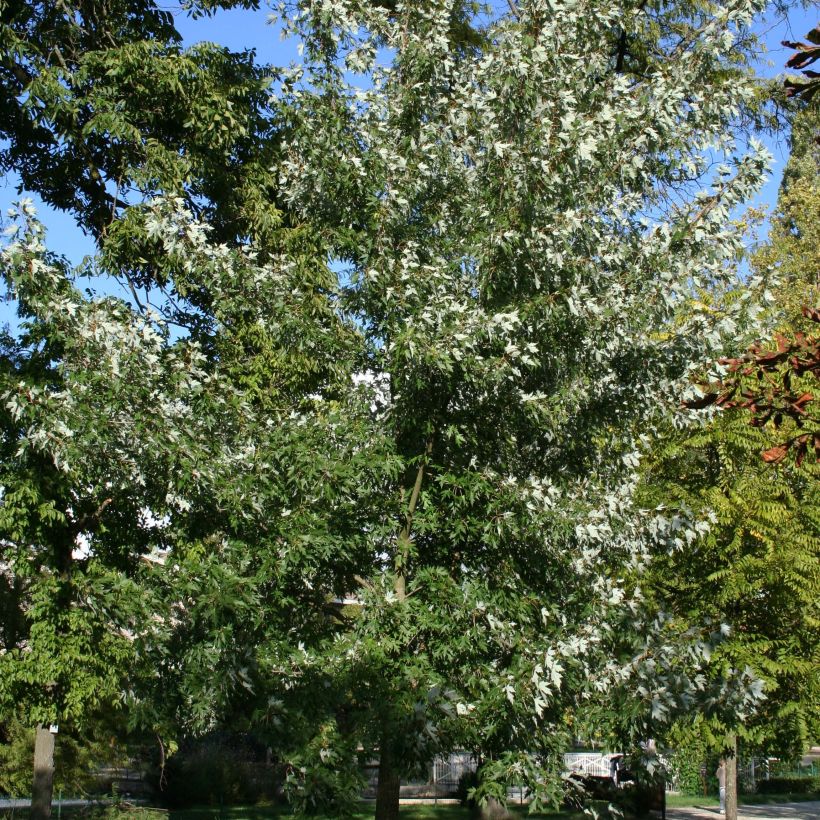

Plant habit
Flowering
Foliage
Botanical data
Acer
saccharinum
Laciniatum Wieri
Aceraceae
Wier Maple, Silver Maple, Creek Maple, Silverleaf Maple, Soft Maple, Large Maple, Water Maple, Swamp Maple, or White Maple
Cultivar or hybrid
Other Acer - Maple tree
Planting and care
The Acer saccharinum should be planted in spring or autumn in a deep, moist to wet, preferably acid soil, in a sunny or semi-shaded position. It is perfectly hardy but does not withstand strong winds. Keep the soil moist during the first two summers after planting. Mulching can help to keep the soil moist, as the climate requires. Pruning is not essential. Remove dead wood in spring.
Planting period
Intended location
Care
This item has not been reviewed yet - be the first to leave a review about it.
Striking foliage shrubs
Haven't found what you were looking for?
Hardiness is the lowest winter temperature a plant can endure without suffering serious damage or even dying. However, hardiness is affected by location (a sheltered area, such as a patio), protection (winter cover) and soil type (hardiness is improved by well-drained soil).

Photo Sharing Terms & Conditions
In order to encourage gardeners to interact and share their experiences, Promesse de fleurs offers various media enabling content to be uploaded onto its Site - in particular via the ‘Photo sharing’ module.
The User agrees to refrain from:
- Posting any content that is illegal, prejudicial, insulting, racist, inciteful to hatred, revisionist, contrary to public decency, that infringes on privacy or on the privacy rights of third parties, in particular the publicity rights of persons and goods, intellectual property rights, or the right to privacy.
- Submitting content on behalf of a third party;
- Impersonate the identity of a third party and/or publish any personal information about a third party;
In general, the User undertakes to refrain from any unethical behaviour.
All Content (in particular text, comments, files, images, photos, videos, creative works, etc.), which may be subject to property or intellectual property rights, image or other private rights, shall remain the property of the User, subject to the limited rights granted by the terms of the licence granted by Promesse de fleurs as stated below. Users are at liberty to publish or not to publish such Content on the Site, notably via the ‘Photo Sharing’ facility, and accept that this Content shall be made public and freely accessible, notably on the Internet.
Users further acknowledge, undertake to have ,and guarantee that they hold all necessary rights and permissions to publish such material on the Site, in particular with regard to the legislation in force pertaining to any privacy, property, intellectual property, image, or contractual rights, or rights of any other nature. By publishing such Content on the Site, Users acknowledge accepting full liability as publishers of the Content within the meaning of the law, and grant Promesse de fleurs, free of charge, an inclusive, worldwide licence for the said Content for the entire duration of its publication, including all reproduction, representation, up/downloading, displaying, performing, transmission, and storage rights.
Users also grant permission for their name to be linked to the Content and accept that this link may not always be made available.
By engaging in posting material, Users consent to their Content becoming automatically accessible on the Internet, in particular on other sites and/or blogs and/or web pages of the Promesse de fleurs site, including in particular social pages and the Promesse de fleurs catalogue.
Users may secure the removal of entrusted content free of charge by issuing a simple request via our contact form.

































